TEMACAPULÍN, Jalisco, Mexico — The fight was clearly worth it, was the feeling of the residents of this colonial town, who showed up punctually to observe the destruction of part of the curtain of the El Zapotillo Dam, a megaproject that threatened to flood the town along with two of its neighboring villages, Acasico and Palmarejo. The residents waged a 16-year-long battle to stop the project that, from the beginning, was done behind their backs.
Para leer esta historia en Español haz click AQUÍ
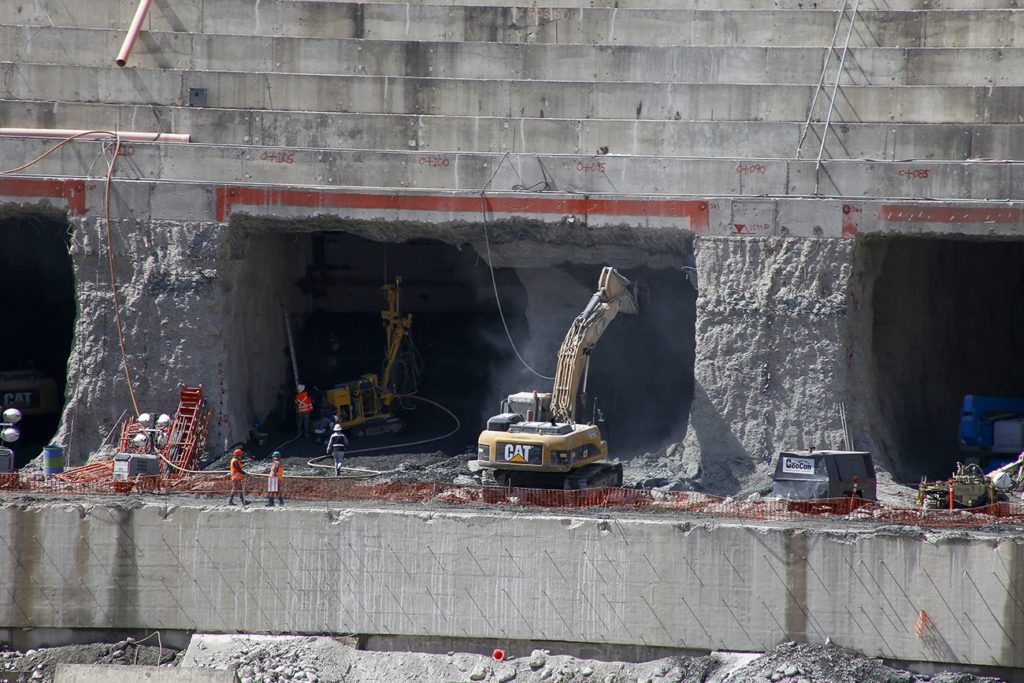
With her two canes resting firmly on the ground and her slow and careful steps, Isaura Gómez Guzmán, 87, finally managed to get within a few meters of the reconditioning works that the National Water Commission (Conagua) is carrying out at the El Zapotillo Dam, a megaproject against which she has fought for close to two decades to prevent her town from being flooded.
Affectionately known as Chagua, this brave woman needed to see with her own eyes the machines that pierced the walls of the dam that had caused so many sleepless nights, anguish and anger for her, her family and her neighbors for so many years.
“I had to see it with my own eyes,” she said. “Although the people from Conagua assured me that the works had already begun, I did not believe them, they have lied to us many times. Now I feel calm because I was finally able to verify that it was not a lie,” she said firmly.
Gómez referred to a promise by Mexican President Andrés Manuel López Obrador in November 2021 to install a series of safety measures that would insure that the villages would not be flooded in the event of blockage of the overflow channel or an especially intense rain event. Creating this series of openings at the level deemed necessary to avoid flooding the villages was a part of that promise, but it took more than a year before it finally happened.
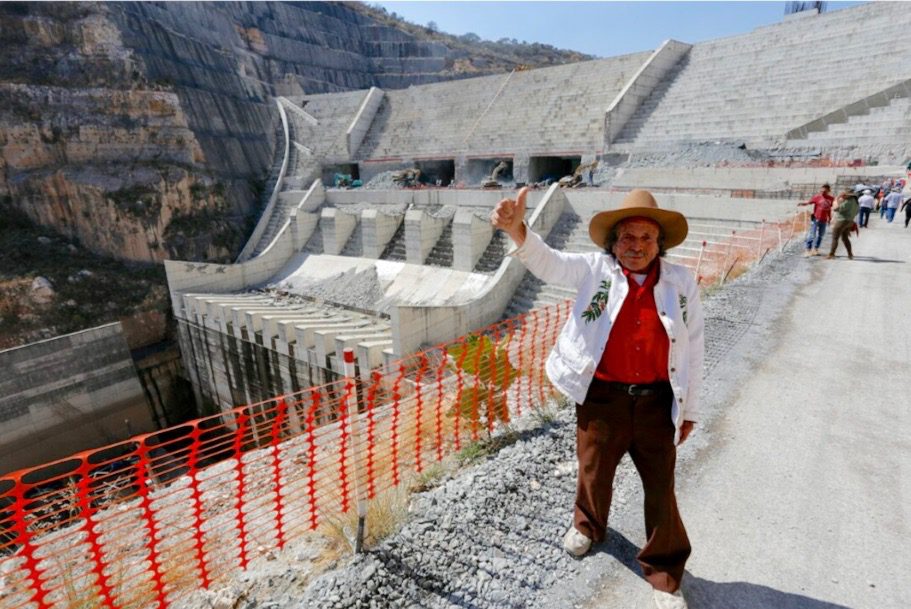
Alfonso “Poncho” Íñiguez, an 86-year-old Temaca resident who has become a symbol of the resistance (all photos by Mario Marlo)
At her side, with attentive eyes and making an effort to understand the speakers’ explanation of their progress, was 86-year-old Alfonso Íñiguez, who along with Isaura has become a symbol of the resistance of Temaca. Poncho, as he is fondly known, carefully observed each of the infographics displayed by Yasser Abiuth García, the person in charge of the work, during his presentation.
“Now they are quite advanced,” said Íñiguez optimistically. “The previous visit showed very little progress, but now it seems that the President is complying.”
Since the dam reconditioning works began, every month the residents and their advisors have visited the site so that the representatives of the National Water Commission (Conagua) could inform them about the progress of the work. For Doña Isaura and Don Alfonso, the struggle has been long and exhausting, but their resistance and perseverance have allowed them to see with their own eyes the end of the threat to flood their communities.
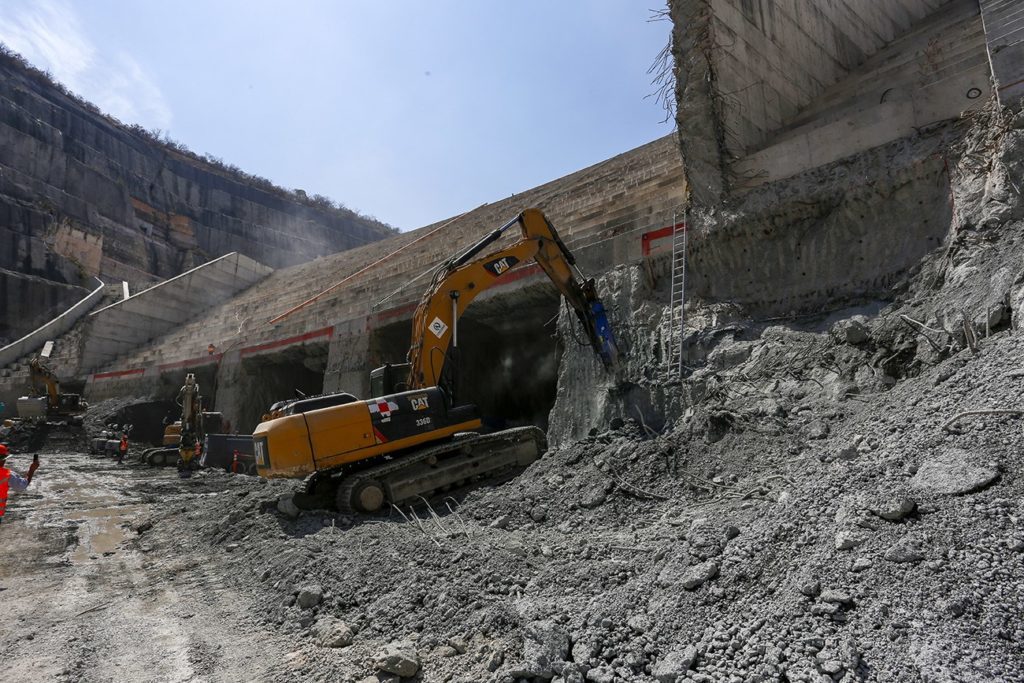
From 105 meters to 46 meters high
Just as they have done every month since the reconditioning works of the El Zapotillo dam began, the inhabitants of the communities of Temacapulín, Acasico and Palmarejo, accompanied by their advisors, carried out an inspection visit on Friday, Feb. 25.
During the visit, the Conagua authorities informed them about the progress of the adaptations of the dam, in compliance with the agreements signed on November 10, 2021. In said agreements, the President of Mexico and the National Water Commission (Conagua) accepted the counterproposal of the towns for the megaproject, which included some changes.
The main change in the accepted megaproject was the decision not to build a single physical spillway, but rather six spillway windows 12 meters high by 72 meters long, at a height of 46 meters from the lowest point of the dam. With this modification, according to the community’s own technicians, it would be guaranteed that, in the event of an extreme flooding event, the three communities would be safe.
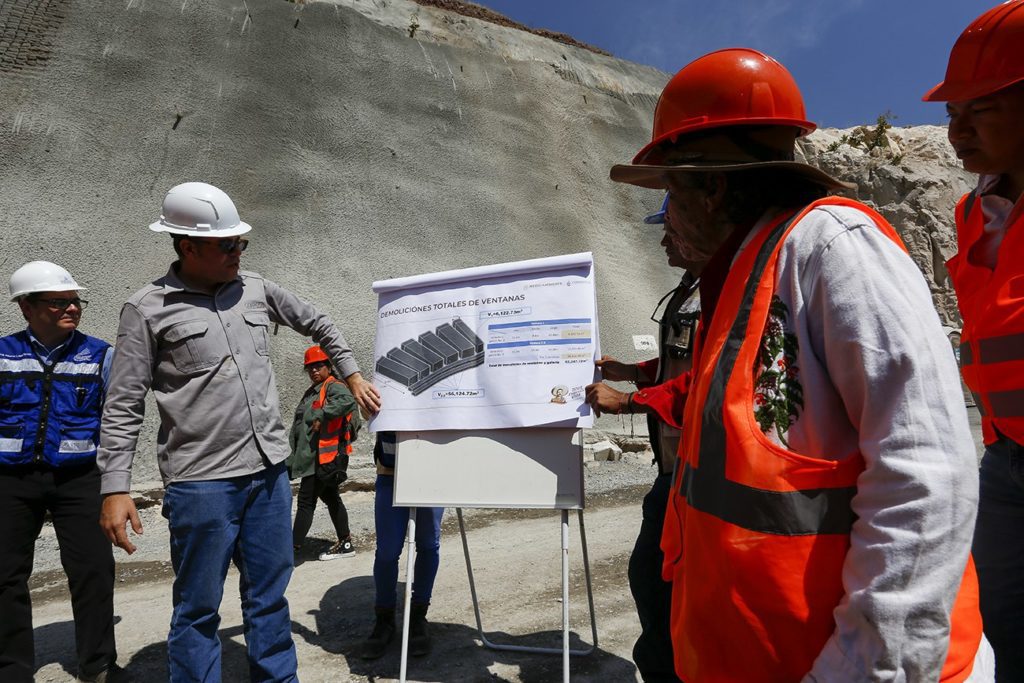
According to Yasser Abiuth García Sánchez, Director of Drinking Water, Drainage and Sanitation of the Lerma Santiago Pacífico Basin Organization:
“Currently the pouring windows have an advance of 9.5% in the excavation, while the reconditioning project in its entirety has an advance of 25%. The project is expected to be completed in December 2023.”
Abiuth García Sánchez stressed that the decision to build the spillway windows was the best option to prevent the dam from becoming a white elephant that would only require maintenance expenses. With the new work, it is ensured that the communities are not flooded and the water from the dam will be used for Guadalajara.
Yasser Abiuth García Sánchez explained that the works of the dam are divided into two phases: the six spillway windows, and the shock absorber tank that aims to prevent the water that falls to the ground from eroding when the flood comes and begins to spill into the buffer tank, because if that happens it could cause structural failure.
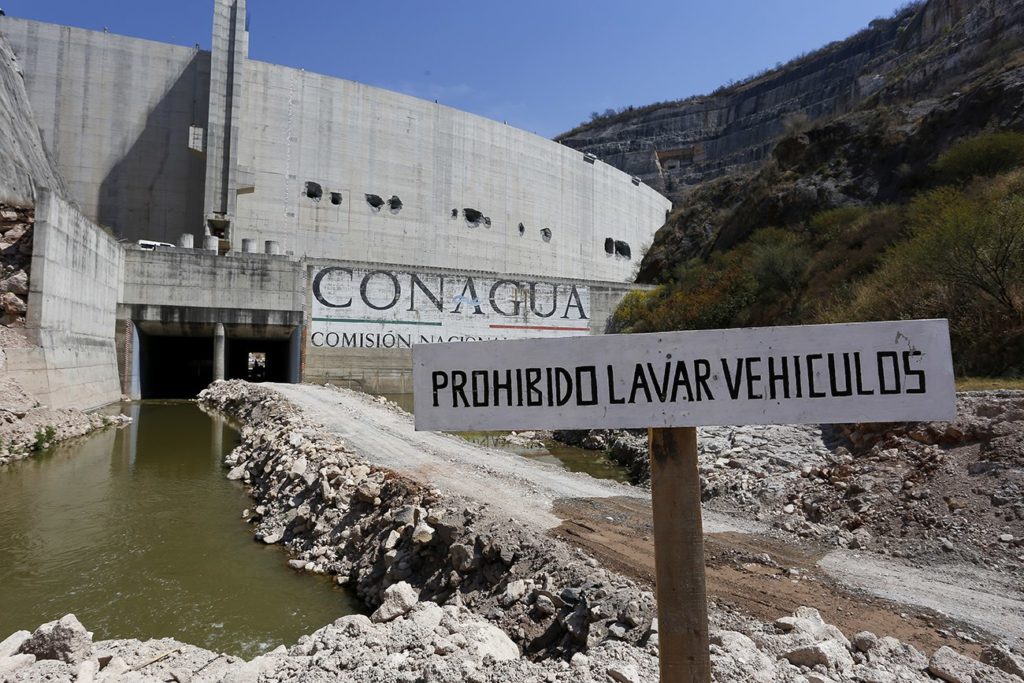
According to García Sánchez, the buffer tank is expected to be finished in May. In terms of the El Zapatillo Dam, the reconditioning works were reported to be at about 25%, and are expected to be finished in December of this year. The Conagua authorities plan to begin to fill the reservoir in July of 2024.
“It will probably be in operation next year. The dam will be closed and it will be filled to the level of the windows, it will begin to flow and the water will begin to be used in Guadalajara. If the (rainy) season begins in July, by August (the water) will be at the level of the windows and will begin to flow,” explained García.
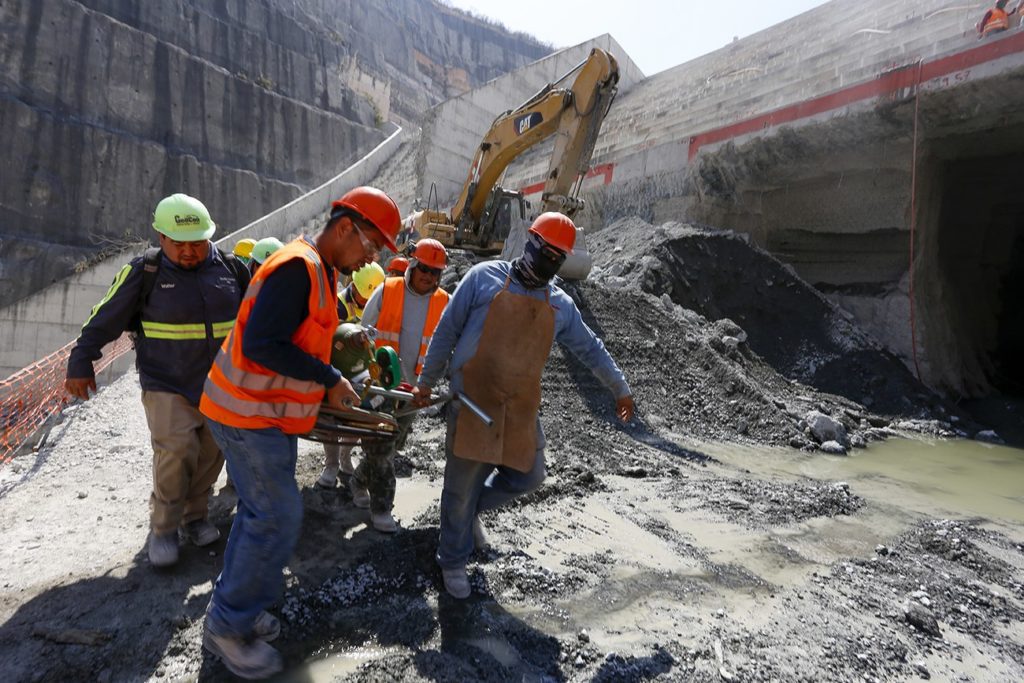
Attorney Claudia Gómez Godoy, who oversees the El Zapotillo Dam and the federal government’s Justice Plan for the towns of Temacapulín, Acasico and Palmarejo, emphasized that the execution of the works is the fulfillment of one of the president’s commitments to the towns.
“The president promised on November 10, 2021, that the communities would not suffer flooding and that they would finish the project. This historic agreement respects social impacts and human rights,” said Gómez Godoy.
For her part, María González Valencia, director of IMDEC, an organization that accompanied the communities during their struggle, stressed that the technical reconditioning of the El Zapotillo dam was achieved thanks to the community’s demands and technical knowledge accumulated throughout their struggle.
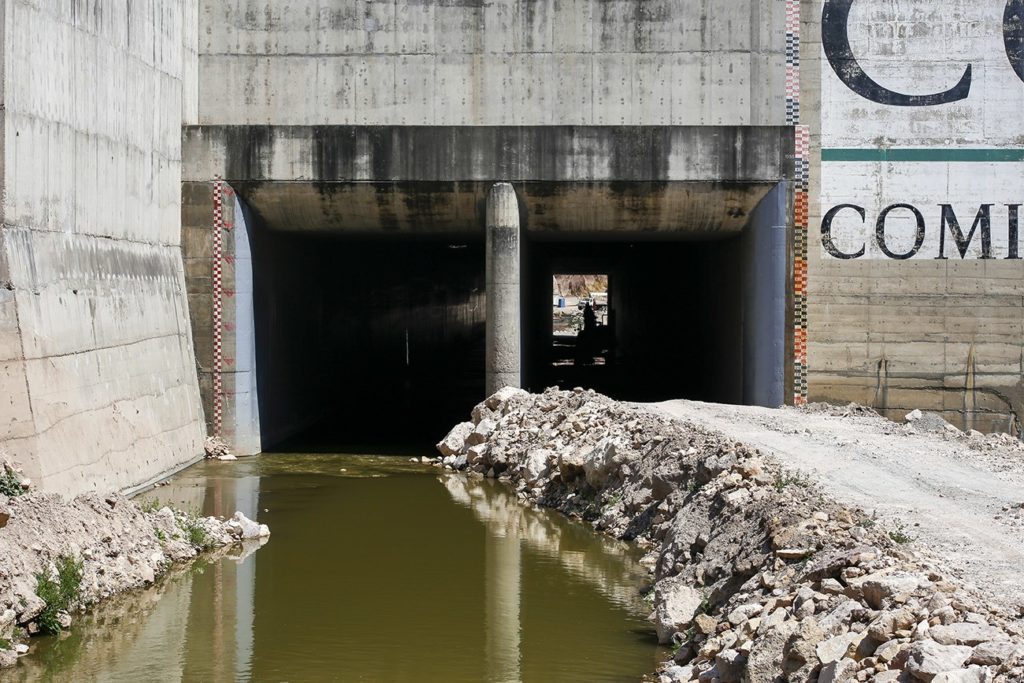
González Valencia emphasized that the initial proposal presented by Conagua on August 21, 2021, presented a significant risk of flooding for the communities. It was thanks to the insistence of the communities, together with their advisers and national and international specialists, that the physical spillway was considered as a security measure and only with that condition did they accept a revised version of the dam.
“Today we can verify that it was possible to modify the project, even breaking the curtain, despite the great interests, corruption and grievances. These holes that we see in the dam represent years of struggle, lives, violations and waste. But they also reaffirm that it is possible to breach the system,” added González Valencia.
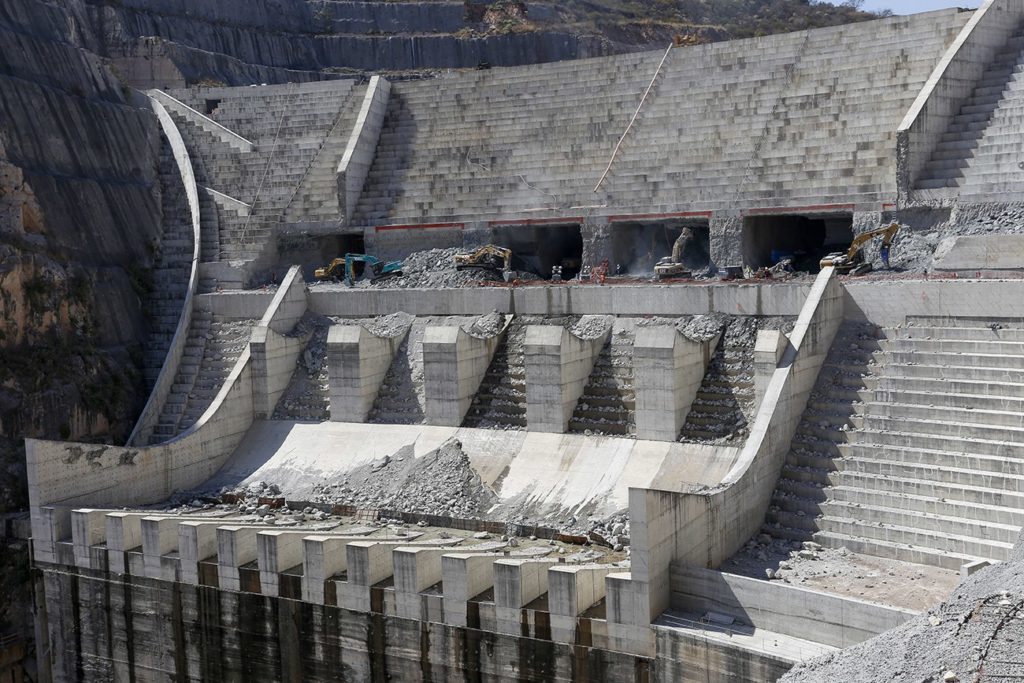
El Zapotillo Dam
The El Zapotillo dam, a hydraulic project promoted by the National Water Commission and the governments of Jalisco and Guanajuato, also known as “the dam of corruption”, has generated controversy since its inception in 2005 because it was imposed on the communities without their consultation.
After the failure of two hydraulic projects in Jalisco that same year – the San Nicolás Dam, on the Green River, and the Arcediano Dam, on the Santiago River, both canceled due to social mobilization – the El Zapotillo dam project was launched.
The project was justified on the grounds of supplying drinking water to 14 towns in the Altos de Jalisco and the metropolitan areas of Guadalajara and León, in the neighboring state of Guanajuato. However, this brought with it the transformation of the lives of the affected communities.
The El Zapotillo Dam consisted of the construction of a 105-meter dam on the Green River and a 140-kilometer aqueduct to supply water to the city of León and the Guadalajara Metropolitan Area, a megaproject that would flood the communities of Temacapulín, Acasico, Palmarejo and around 4,800 hectares of fertile land.
Faced with this situation, the State Water and Sanitation Commission (CEAS) and the municipal government of Cañadas de Obregón City Council, of which Temaca is a part, proposed an Urban Development Plan for the New Temacapulín Population Center (PDUNCPT).
In response to the construction of the megaproject, the inhabitants of Temacapulín, Acasico and Palmarejo began a dignified resistance for more than 16 years against the flooding of their homes, culture and territory.
Despite the strong opposition of those affected, the authorities maintained an intransigent stance and resorted to repression, criminalization, and the violation of human rights to impose the project.
After years of struggle and resistance, the communities of Temacapulín, Acasico and Palmarejo, along with their advisors from the Mexican Institute for Community Development (IMDEC) and the Lawyers’ Collective, achieved an agreement with the federal government to prevent their flooding by the El Zapotillo Dam.
On November 10, 2021, the agreement to avoid flooding the three towns was signed, representing a historic victory for these communities and for all those who fight to defend water and territory.
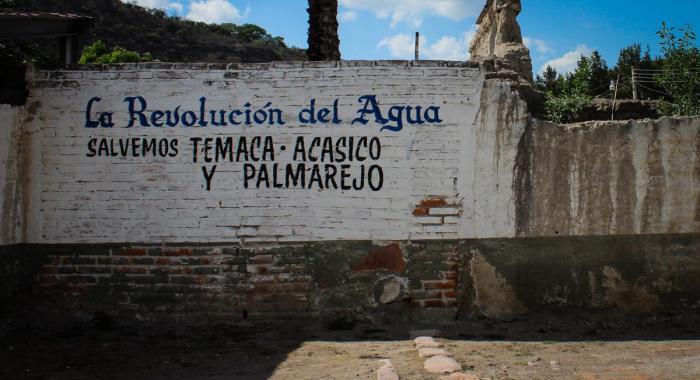
This story first appeared in Somos el Medio and is reposted here with permission from the author. Translated by Jimena Yantorno.





